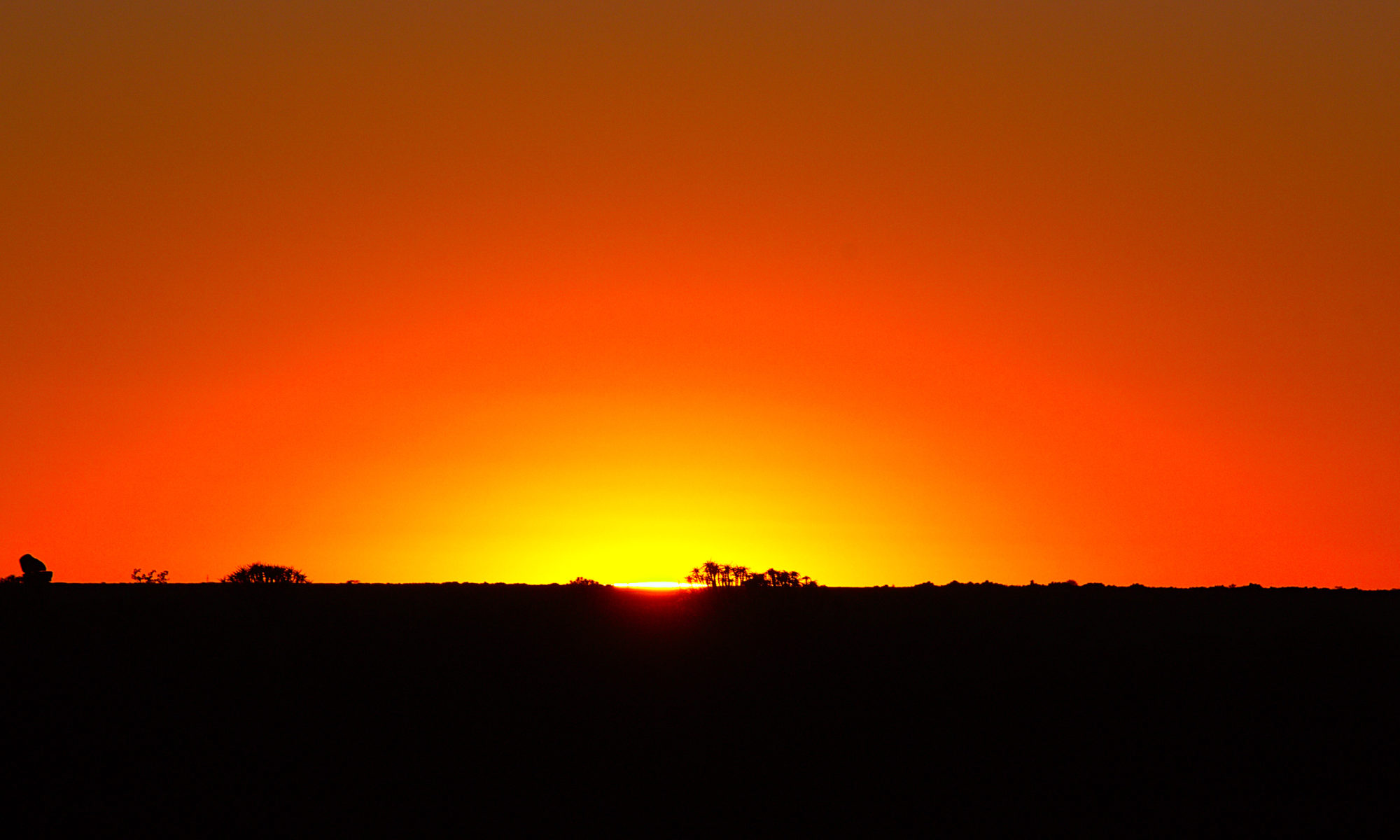Tamborine National Park: Queensland’s Mountain Retreat in the Sky
Perched in the lush hinterland behind the Gold Coast, Tamborine National Park is a place where rainforest trails wind through volcanic rock, waterfalls cascade into fern-lined gullies, and mountaintop views open out across rolling green valleys. Just over an hour from Brisbane and less than 45 minutes from the Gold Coast, Tamborine offers a cooler, greener, and slower alternative to the bustling coastline below.
This is Queensland’s first declared national park — protected since 1908 — and it remains a favourite destination for nature lovers, foodies, and anyone seeking fresh mountain air and timeless landscapes.
A Place of Deep History
Tamborine Mountain is part of Yugambeh Country, and the Indigenous people of this area have lived here for thousands of years. The mountain’s name is believed to come from the Yugambeh word “Jambreen”, referring to the finger lime trees that grow in the region.
The Yugambeh people have long used the mountain for gathering food, holding ceremonies, and navigating across the hinterland. Visitors can still experience this deep cultural connection through interpretive signage on walking trails, local Indigenous-owned experiences, and community initiatives that honour the traditional custodians of the land.
European settlement began in the late 1800s, and by the early 20th century, Tamborine became known as a health retreat, orchard-growing area, and cool-climate escape from Queensland’s coastal humidity. Its history as a destination for both relaxation and conservation continues today.
What to See and Do in Tamborine National Park
Tamborine National Park isn’t a single location but a collection of separate sections scattered across Tamborine Mountain. Each offers a different slice of the park’s beauty, from dramatic lookouts to hidden waterfalls and lush rainforest canopies.
Rainforest Walks and Waterfalls
The most famous trail is the Witches Falls Circuit, Queensland’s oldest national park walking trail. This 3.1 km loop descends through dense rainforest filled with strangler figs and cycads before arriving at the scenic Witches Falls.
Nearby, Curtis Falls is a magical spot — a curtain of water tumbling over basalt rock into a pool surrounded by palm fronds and mossy boulders. The walk down takes about 30 minutes return, with high chances of spotting brush turkeys and glow worms (especially after dark).
The Palm Grove and Joalah sections offer shorter rainforest trails with massive buttress roots and a chance to hear the eerie calls of Albert’s lyrebird, a rare and elusive species endemic to this region.
Tamborine Skywalk
For a different perspective, the Tamborine Rainforest Skywalk is a privately owned eco-attraction featuring elevated steel walkways through the rainforest canopy, as well as a cantilever bridge that juts out over the treetops. It’s family-friendly and accessible, with a visitor centre and informative exhibits about local flora and fauna.
Lookouts and Scenic Views
Tamborine Mountain’s elevation offers panoramic views across the Scenic Rim, the Gold Coast skyline, and out to the Pacific Ocean. The Knoll Lookout, Hang Glider Launch, and Rotary Lookout are among the best spots to stop and take it all in — especially at sunrise or sunset.
Geology: An Ancient Volcanic Landscape
Tamborine Mountain is part of the Tweed Volcano, a massive shield volcano that erupted around 23 million years ago. The mountain itself is a remnant volcanic plateau, formed from the slow erosion of ancient lava flows that once flowed down from what is now Mount Warning (Wollumbin).
The dominant rock type here is basalt, which weathers into fertile red soils that support lush rainforest and rich agricultural land. You’ll see basalt boulders along walking tracks, in waterfall gullies, and lining the region’s many fruit orchards and vineyards.
The landscape is also shaped by faulting and uplift, which created the steep escarpments and dramatic drop-offs that offer such stunning views across the hinterland.
Local Life and Mountain Culture
Tamborine isn’t just a national park — it’s also a vibrant mountain community with a strong artistic and culinary spirit. The Gallery Walk precinct is lined with boutiques, studios, artisan chocolate shops, wine bars, and distilleries. Visitors can easily spend a few hours sampling locally made fudge, trying Tamborine wines, or browsing local art and craft.
The mountain is also home to weekend markets, wellness retreats, and slow-food restaurants that showcase local produce like macadamias, avocados, finger limes, and organic herbs.
For families, attractions like the Tamborine Mountain Glow Worm Caves, Botanic Gardens, and local wildlife parks round out the experience with education and hands-on encounters.
When to Visit
Tamborine’s higher elevation means it’s always a few degrees cooler than the coast, making it a popular summer escape. Autumn and spring are ideal times to visit — with wildflowers, birdlife, and fewer crowds. Winter brings misty mornings, crisp air, and the occasional log fire glow in local cafés.
The park is open year-round, but it’s wise to check for weather warnings after heavy rains, as trails can become slippery or temporarily closed.
Conclusion: A Green Getaway Above the Gold Coast
Tamborine National Park offers the perfect balance between natural wonder and small-town hospitality. It’s where ancient lava flows now feed rainforest roots, where Indigenous culture continues to shape the land, and where visitors can swap beach crowds for birdsong and waterfalls.
Whether you’re walking through a palm grove, sipping local wine, or watching the sun set over the hills, Tamborine reminds you to slow down, breathe in the mountain air, and reconnect — with nature, with others, and with yourself.

























